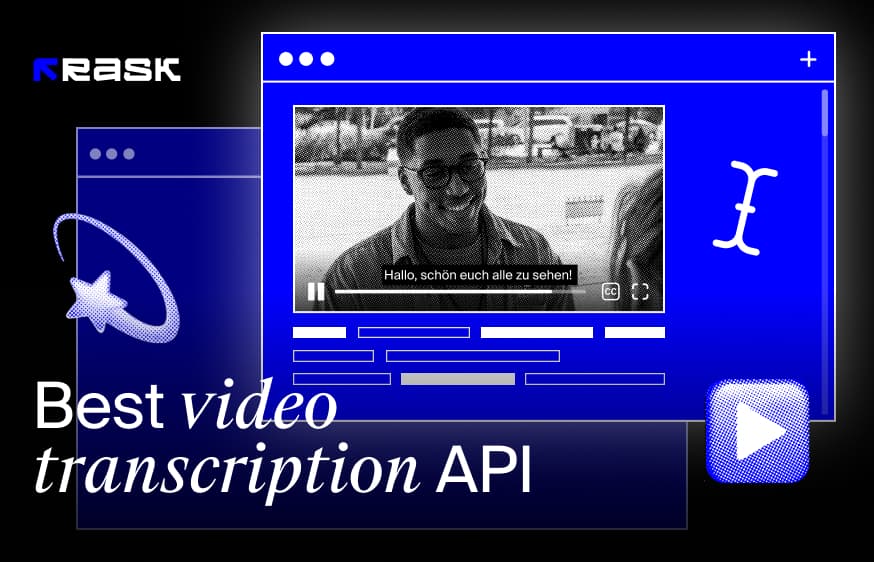Bridging Linguistic Chasms: A Deep Dive into the Global EdTech Language Diversity Rankings 2023

A vital report analyzing language inclusivity in online learning, where Siri’s 21 languages outshine the typical 9 on education platforms, revealing a vast language gap. Join us in fostering a more diverse EdTech future.
Introduction
Siri can interact and share a laugh in 21 languages — a stark contrast to the 9 languages typically used on online education platforms. Are we ignoring many languages in the rush of the digital age?
In a world with over 7100 languages, online education platforms only use about 9 on average, according to the Global EdTech Language Diversity Rankings 2023. This shows a big gap in language use online and asks us to think about how inclusive these platforms really are.
Our deep dive into prominent EdTech firms sheds light on why chatting with Siri feels more exclusive than accessing substantial knowledge online.
Contents
Key Points
EdTech language gap and global learning
Our methodology of language analysis in EdTech
Infographic: Leaders of localization
Here is what we found
Key Points
There are over 7100 languages according to UNESCO, but online education mainly uses just nine.
TED is a leader in language diversity, offering content in 115 languages, which is pretty unique and praiseworthy.
Big players in online education are mainly from the US, India, China, and Brazil, with hardly any from the Middle East and North Africa (MENA) region.
English, Portuguese, Hindi, and Chinese are the main languages used in online education.
Most platforms use subtitles, but research shows that dubbing is a better option for students.
EdTech language gap and global learning
The Global EdTech market is booming and is expected to hit over $7 trillion by 2025. E-learning startups are now a big deal worldwide, helping shape how new generations learn.
‘Equitable access to education’ has become a common goal for online education companies. They believe that technology will keep playing a big part in making education accessible to everyone. However, there's a hiccup when it comes to the variety of languages offered by EdTech platforms.










.jpg)
.webp)




![8 Best Video Translator App for Content Creators [of 2024]](https://rask.ai/cdn-cgi/image/width=960,format=auto,fit=scale-down/https://cdn.prod.website-files.com/63d41bc99674c403e4a7cef7/6668a3dcd3175bd1d1c73c81_Best%20video%20translator%20apps%20cover.webp)
![Best AI Dubbing Software for Video Localization [of 2024]](https://rask.ai/cdn-cgi/image/width=960,format=auto,fit=scale-down/https://cdn.prod.website-files.com/63d41bc99674c403e4a7cef7/66685014f68137eb05c89c16_Cover.webp)








